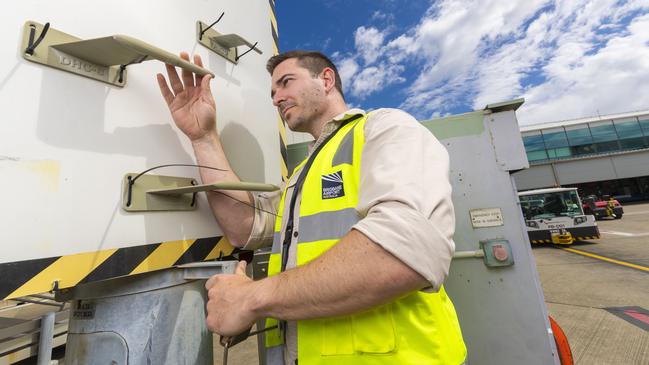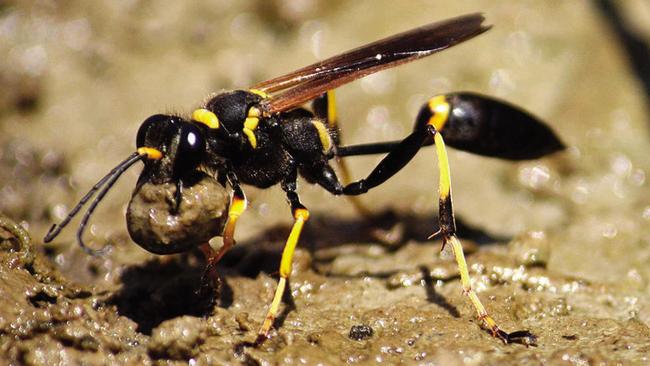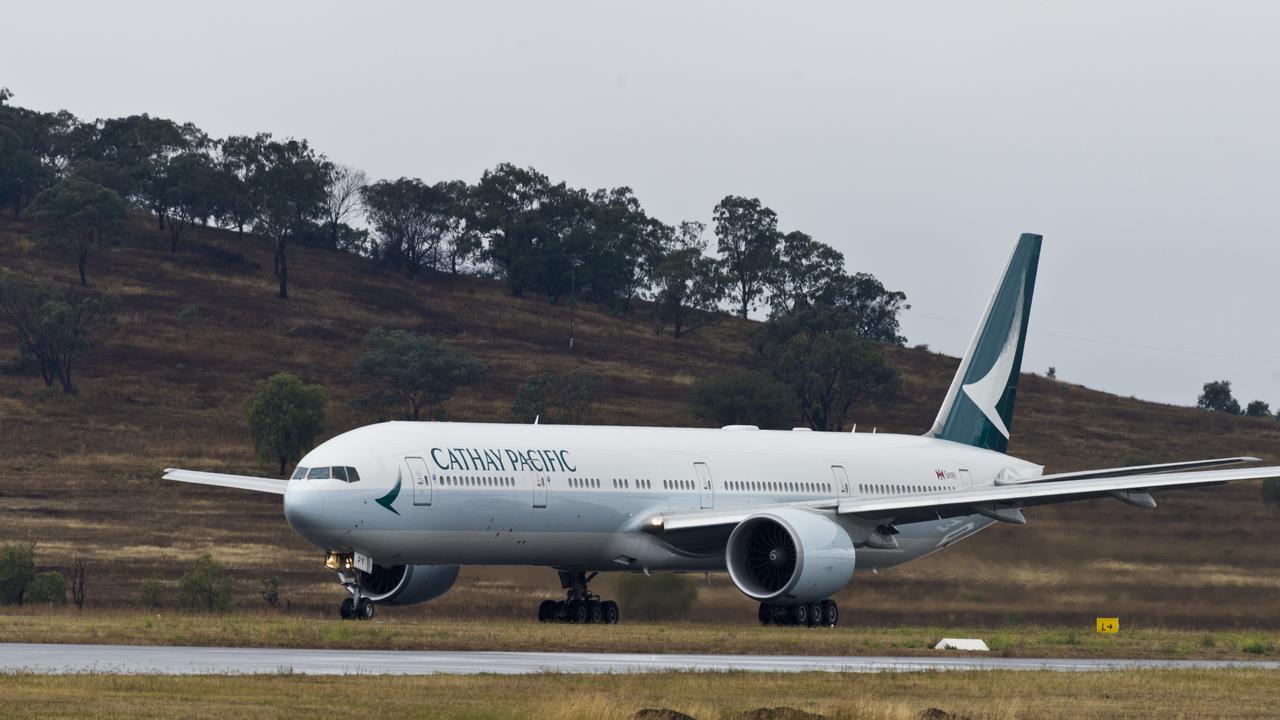CASA updates alert on danger of mud wasps blocking Pitot tubes
A wasp has been found to pose an even greater threat to aircraft than previously thought, with its speedy nest building capable of blocking vital data feeds.

A workaholic wasp is the subject of an update civil aviation safety alert, after evidence the insect poses a greater threat to aircraft than previously thought.
A Civil Aviation Safety Authority airworthiness bulletin about wasp nest infestation has revealed the insects can build a nest capable of blocking a Pitot tube within just 20-minutes.
A previous report suggested it took about two hours for the wasps to plug the narrow tubes with mud.
Pitot tubes are critical components on aircraft, because they measure a range of data including airspeed, altitude and altitude trend.
According to the CASA bulletin, Pitot tubes or static ports that are blocked or even partially blocked in flight “can cause total loss of airspeed or altitude indication”.
“This is classified as hazardous. Misleading and/or malfunction without warning can be catastrophic,” said the bulletin.
To date the keyhole wasp nests have been isolated to Brisbane Airport, although the wasps have also been spotted at Emerald Airport in central Queensland.
Every year, about five aircraft defect reports are lodged with CASA in relation to wasp nests, and overseas fatal plane crashes have been attributed to nest-blocked Pitot tubes.
At Brisbane Airport, operators are required to place covers over Pitot tubes when aircraft are on the ground for even short periods of time, following a rejected takeoff of an Etihad Airways A330 in 2013.
In that incident it was found a wasp nest had completely blocked the captain’s Pitot tube, after the aircraft sat on the ground in Brisbane for two hours.

The bulletin also noted that a study of wasp behaviour, sponsored by Brisbane Airport, highlighted that the nests do not need to be complete to pose a danger to aircraft.
“The first addition of mud or introduction of the first prey item can impede air flow enough to cause anomalous airspeed readings,” the bulletin said.
Findings by Brisbane Airport have resulted in a new vegetation management program to target the wasp’s main food source, a type of lawn grub.
Although still in its infancy, the airport was seeing a 50 per cent reduction in wasp activity at terminal buildings, and continued to conduct weekly pest inspections.
The CASA bulletin went on to emphasise the need for aircraft operators to use approved protective covers with some brands not suitable for different models of aeroplane.
An Australian Transport Safety Bureau investigation into an incident in which the Pitot tube covers were not removed before flight is still ongoing.
On July 18, 2019, a Malaysia Airlines A330 suffered an airspeed indication failure on takeoff from Brisbane Airport, due to the three Pitot tubes being covered.
With the help of Air Traffic Control providing groundspeed information, the pilots were able to return to the airport and conduct an overweight landing. There were no injuries.
A preliminary report by the ATSB found Malaysia Airlines was not in the habit of covering Pitot tubes on aircraft during turnarounds at Brisbane Airport, despite advice to do so.
The final report is expected this year.






To join the conversation, please log in. Don't have an account? Register
Join the conversation, you are commenting as Logout